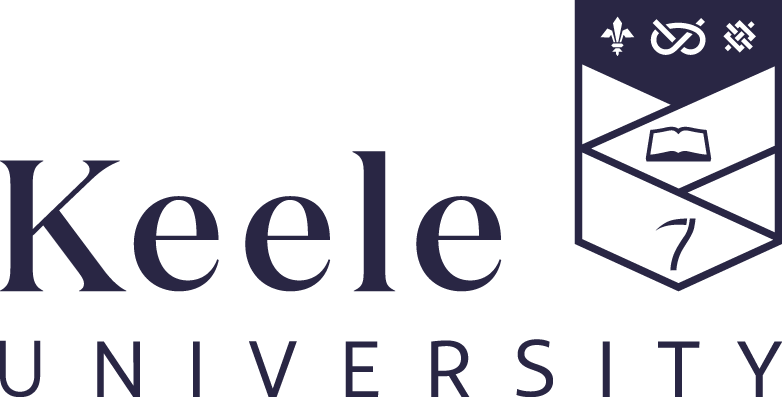
FIL-20023 - Module Specification School of Humanities Faculty of Humanities and Social Sciences
For academic year: 2023/24 Last Updated: 13 February 2024
FIL-20023 - 21st-Century Apocalypses
Coordinator: Oliver Harris Room: CBB1.053 Tel: +44 1782 7 33016
School Office: 01782 733147
Programme/Approved Electives for 2023/24
Available as a Free Standing Elective
Co-requisites
None
Prerequisites
None
Barred Combinations
None
Description for 2023/24
The module aims to introduce students to a range of cultural representations, mainly but not exclusively cinematic, of a variety of urgent twenty-first century global issues, from the climate emergency to the rise of AI technologies. The "Apocalypse" in the title is understood in both senses of the word: forces of destruction (such as of the environment, of privacy and rights) and counterforce of revelation, engaging by developing skills in close analysis with how media both represent and ideologically contain urgent issues.
Intended Learning Outcomes
Examine critically how contemporary media represent urgent political issues: 1,2Compare the ways in which twenty-first century apocalypses are conceptualised across different media forms and genres: 2Engage with formal features of contemporary media to see how the medium shapes our understanding of and response to urgent global issues: 1,2Develop skills in the close analysis of visual and or literary works: 1,2Engage with urgent contemporary global issues: 1,2Research widely in order to contextualise the representation of one or more issues of urgent contemporary crisis: 2
Study hours
Teaching Hours (38):11 x 2-hour seminars (= 22 hours) [Week 6 has no seminar, to enable students to focus on their Short Paper]10 x 1-hour lectures (= 10 hours)6 x 1-hour workshops (= 6 hours)Independent Study hours (112):32 hours preparing for classes30 hours preparing for Short Paper50 hours preparing for Essay
School Rules
None
Description of Module Assessment